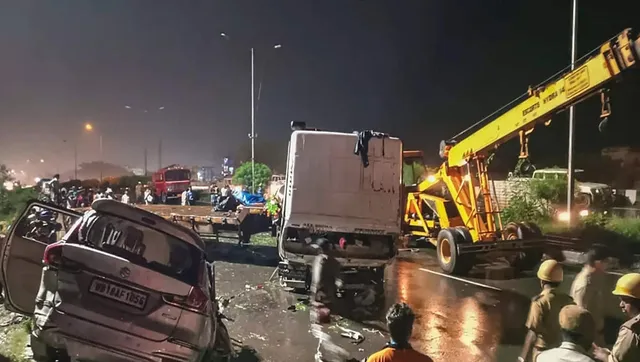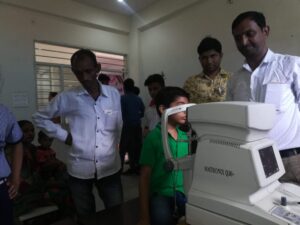Transporting Road Accident Victims to Hospitals
Transporting road accident victims to the hospital promptly and safely is critical for maximizing their chances of survival and minimizing the severity of their injuries. When responding to such emergencies, several key steps should be followed to ensure effective and efficient transportation:
Assessment and Stabilization: Upon arrival at the scene of the accident, trained medical personnel should assess the victims’ injuries and provide necessary medical interventions to stabilize their condition. This may include controlling bleeding, immobilizing the spine, and providing oxygen or other life-saving measures.
Extrication: If victims are trapped in vehicles or other hazardous situations, trained emergency responders should perform extrication procedures to safely remove them from the wreckage. This process requires specialized equipment and careful coordination to avoid further injury.
Transport Decision: Based on the severity of the victims’ injuries and the resources available, medical personnel should determine the most appropriate mode of transportation to the hospital. In many cases, this will involve calling for an ambulance equipped with advanced life support capabilities.
Communication: Effective communication between emergency responders, hospital staff, and dispatch centers is essential for coordinating the transportation of accident victims. Clear and concise information should be provided regarding the victims’ condition, estimated time of arrival, and any special considerations.
Safe Transfer: Once the decision to transport has been made, victims should be carefully transferred to the ambulance or other transportation vehicle using proper lifting and transfer techniques. Continuous monitoring of vital signs and reassessment of injuries should occur throughout the transfer process.
Transportation Protocol: During transportation, medical personnel should adhere to established protocols for managing trauma patients, including maintaining an open airway, monitoring vital signs, and administering necessary medications or interventions.
Hospital Notification: Prior notification of the receiving hospital allows medical staff to prepare for the arrival of the accident victims and mobilize resources as needed. This facilitates a smoother transition of care upon arrival at the hospital.
Documentation: Accurate documentation of the victims’ condition, interventions performed, and other relevant information should be maintained throughout the transportation process. This information is essential for continuity of care and may be used for quality improvement purposes.
By following these steps and prioritizing the safety and well-being of accident victims, emergency responders can ensure timely and effective transportation to the hospital, ultimately improving outcomes for those injured in road accidents.





